Products & Solutions
Nanocrystalline strip
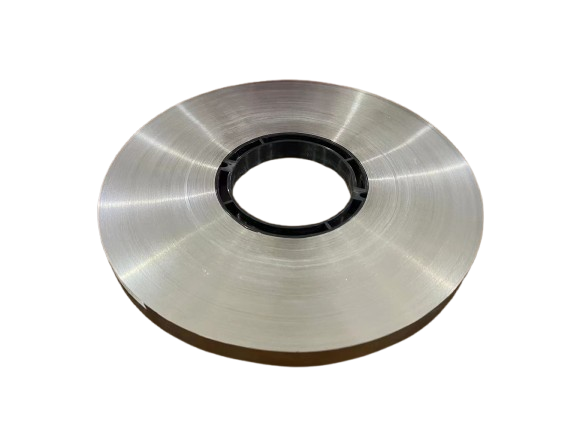
Nanocrystalline Strip
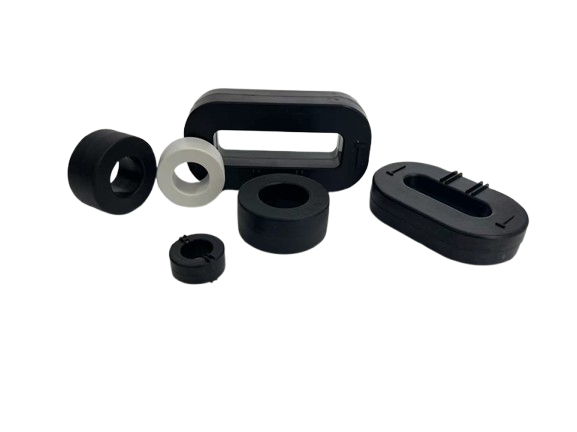
Nanocrystalline Common-mode inductive cores
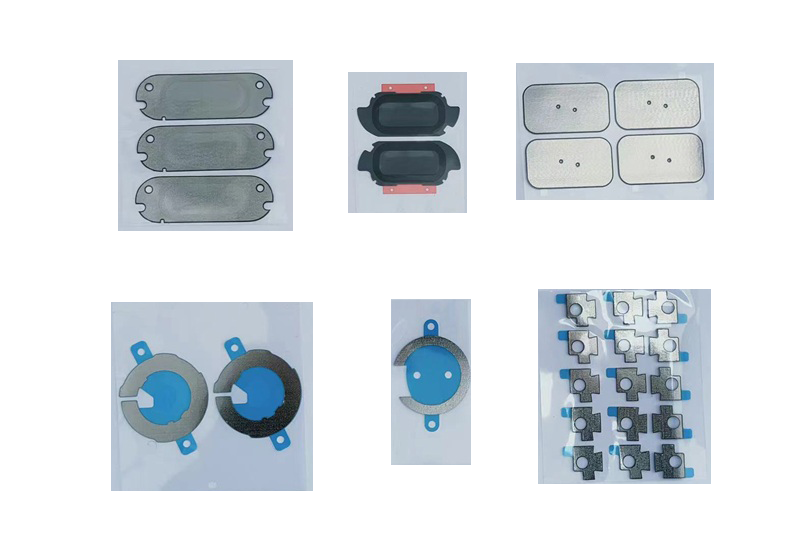
Magnetic stamped sheet
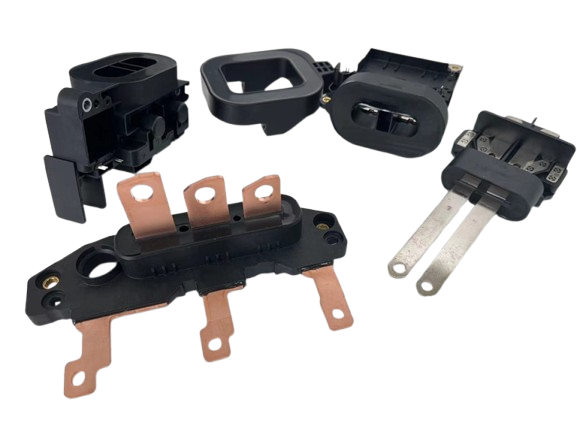
Filter Assemblies
Common Mode Choke Assemblies
Based on our Nanocrystalline cores, we offer customer specific CMCs
Current sensors
and Safety Devices and Energy Meter
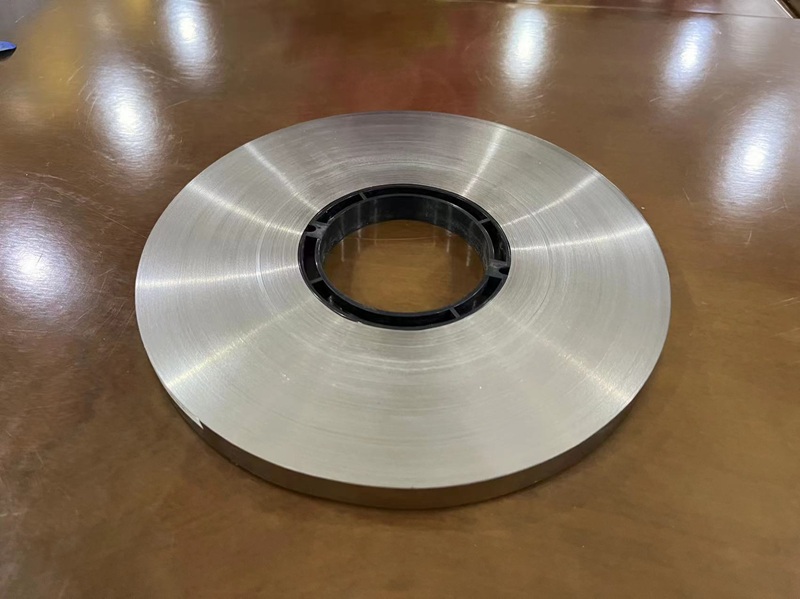
Nanocrystalline Strip
Iron-based nanocrystals alloys are composed primarily of Fe, Nb, Cu, Si, B.
When an iron-based amorphous alloy containing copper and niobium is annealed above its crystallization temperature, it forms an ultra-fine grain structure with grain sizes as small as 10–20 nanometers. This controlled crystallization process transforms the amorphous alloy into a nanocrystalline structure with outstanding magnetic and mechanical properties.
Performance Comparison Table
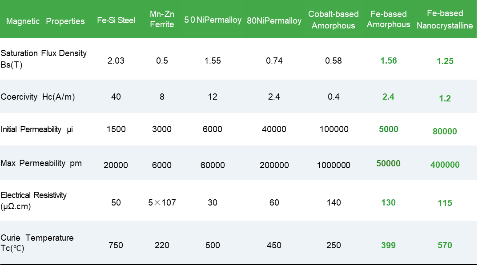
Nanocrystalline materials offer a unique combination of advantages:
High saturation magnetic flux density
Very high initial and maximum permeability
Low coercivity and core loss
Excellent thermal and magnetic stability
High mechanical strength, wear, and corrosion resistance
Thanks to their exceptional performance and cost-effectiveness, nanocrystalline alloys are rapidly replacing traditional materials like silicon steel, permalloy, and ferrites in various applications. They are ideal for use in medium- and high-frequency transformers, current transformers, and a wide range of inductive components.

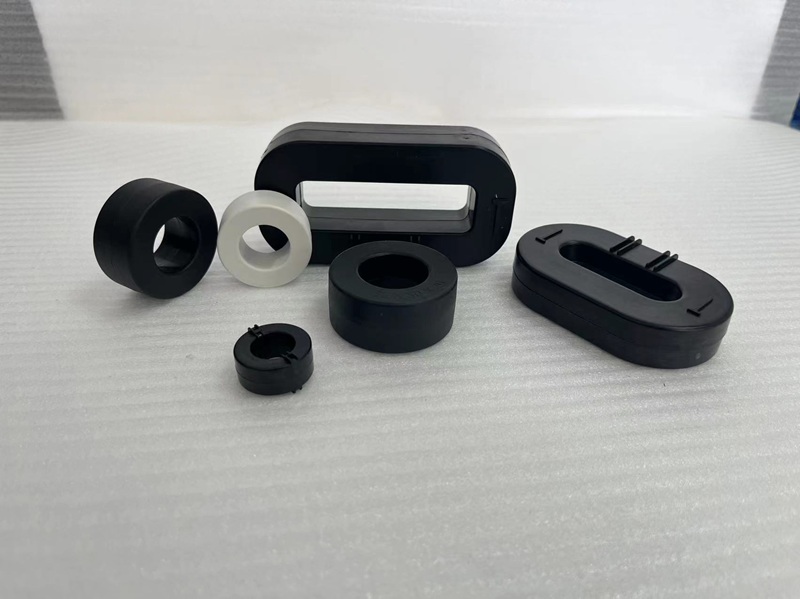
Nanocrystalline Common-mode inductive cores
Cased cores
Cased cores are assembled with a protective plastic housing to facilitate handling and integration. Two common fixation methods are used: potting and gluing, depending on the mechanical and thermal requirements. By selecting appropriate case materials, these cores can be tailored to withstand various operating temperatures. Magnetic permeability can be customized between 2,000 and 150,000 at 10 kHz, and up to 35,000 at 100 kHz.
Bare cores
Bare nanocrystalline cores are impregnated with a silicone resin solution to provide mechanical stability and a certain degree of hardness, without adding significant bulk. This treatment helps maintain the core’s structural integrity while allowing for compact assembly designs. The magnetic permeability can be tailored to application needs — ranging from 2,000 to 150,000 at 10 kHz, and up to 35,000 at 100 kHz.
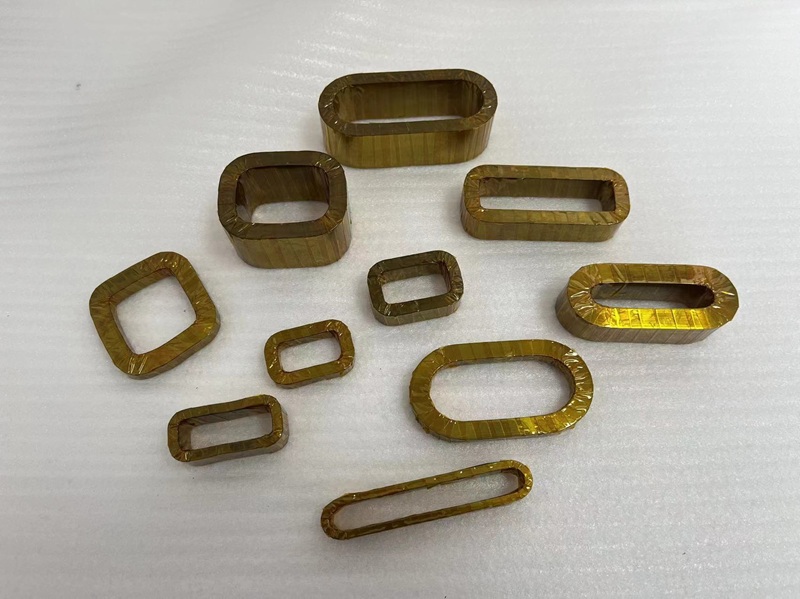

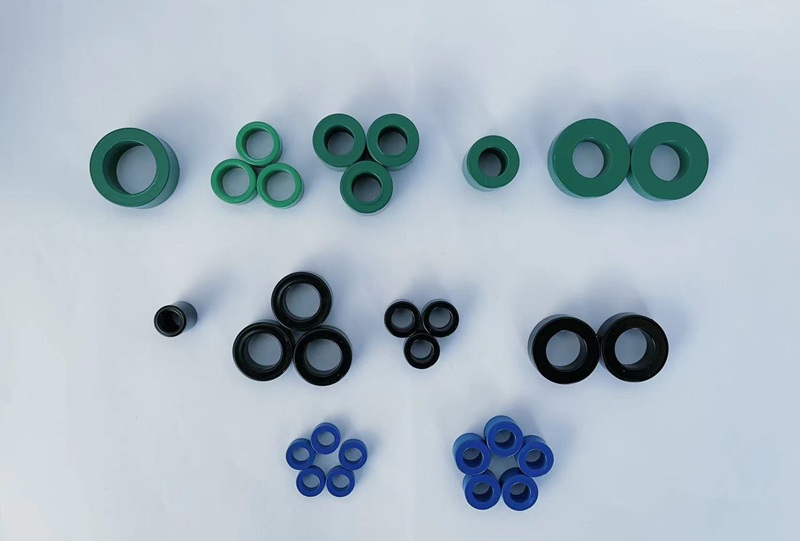
Coated Cores
Coated cores are treated with an epoxy resin coating, offering a balance between bare and fully cased cores. The coating provides mechanical hardness, electrical insulation, and good heat resistance, making them suitable for compact assemblies with moderate protection needs. Magnetic permeability can be adjusted between 2,000 and 150,000 at 10 kHz, and up to 35,000 at 100 kHz.
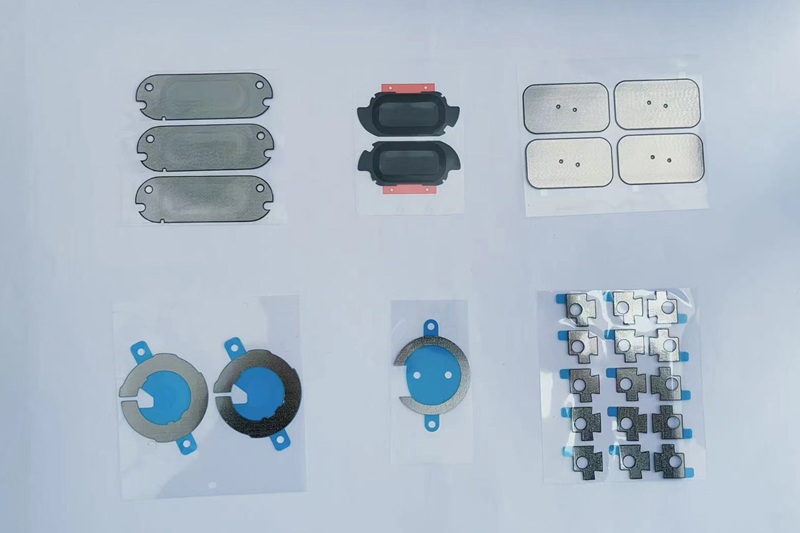
Magnetic stamped sheet
Laminated magnetic sheets are manufactured from nanocrystalline strips that are wound into large coils and then annealed to optimize magnetic performance. After annealing, the strips undergo a lamination process using a combination of 3 μm adhesive film and nanocrystalline layers, applied in two passes to enhance mechanical integrity and thermal durability.
Once laminated, the material is processed by cutting individual sheets from the master coil using precision die-cutting techniques.
Key material characteristics:
Saturation magnetic flux density: up to 1.25 T
Curie temperature: up to 570 °C
Crystallization temperature: approximately 500 °C
Permeability: ~1,000 at 1 MHz

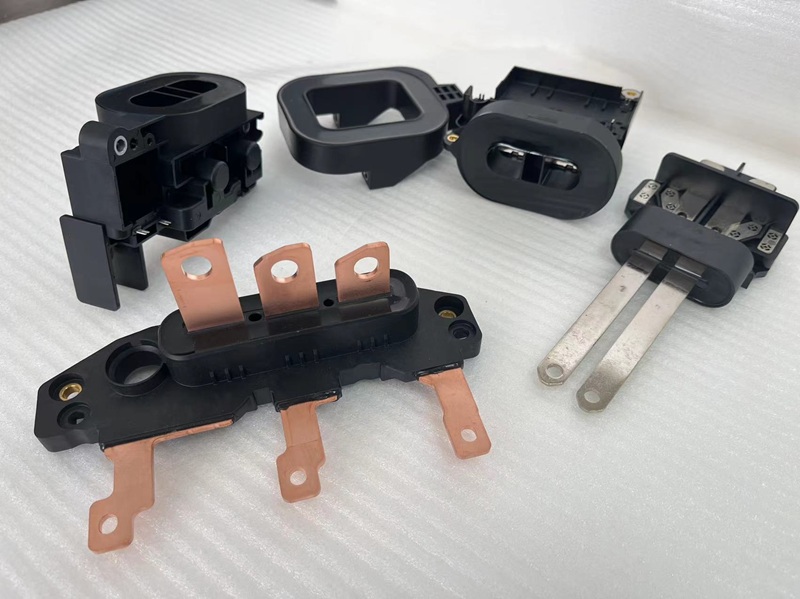
Filter Assemblies
We offer customer specific EMI Filter Sub-assemblies, based on our Magnetic material, providing an EMC Solution optimized solution, integrated in customer application.
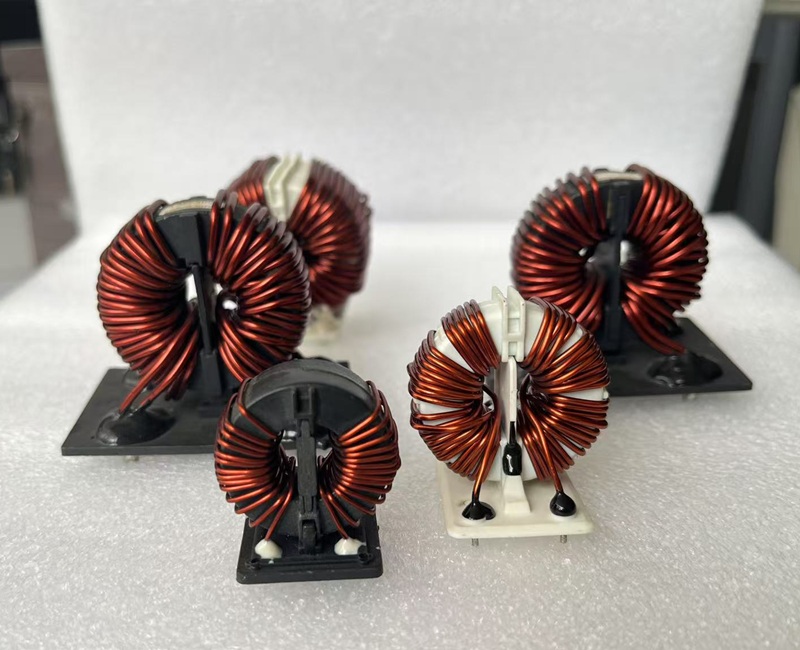
Common Mode Choke Assemblies
Based on our Nanocrystalline cores, we offer customer specific CMCs
Current Sensors
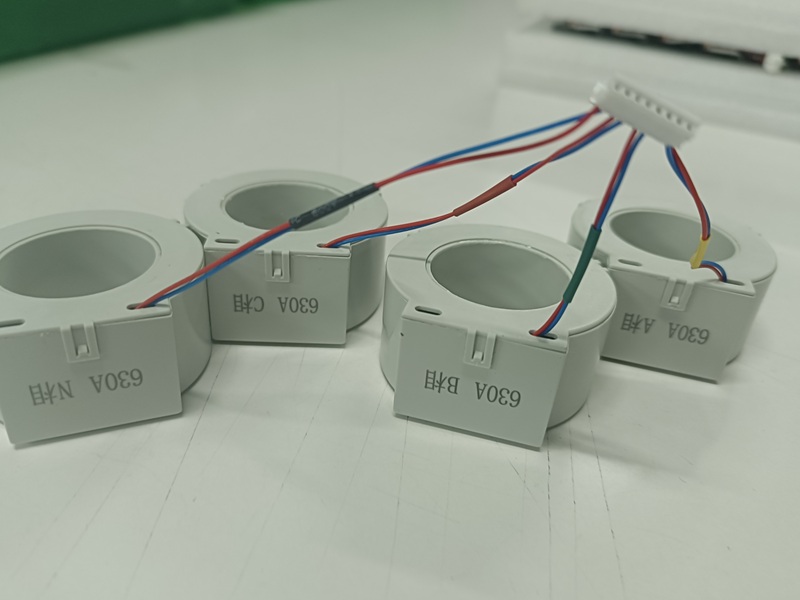
Safety Devices (RCCB ,…)
Nanocrystalline cores are widely used in electromagnetic Residual Current Circuit Breakers (RCCBs). For AC-type RCCBs, high-permeability cores are employed, with permeability reaching up to 500,000 at 50 Hz to ensure precise current detection. For Type A RCCBs, which require detection of pulsating DC residual currents, low remanence (low Br) cores are used. These offer permeability up to 180,000 at 50 Hz, with a dynamic-to-static permeability ratio (U_dyn/U_sin) of ≥ 0.85, ensuring reliable operation under varying conditions.
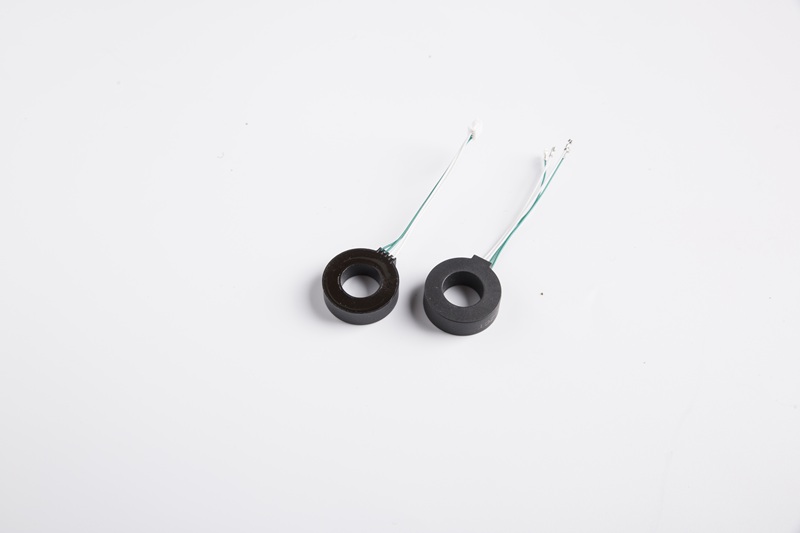
Energy Meter
Current sensors use the nano core with a rectangular hysteresis loop, due to the high Br, the nano core provides a good linearity and accuracy, reaching class 0.05-0.5 and can be used in a wide temperature range from -55℃ to 130℃.

Innovation. High quality. Performance.
Continuing to provide the highest quality products to our partners has always been Aona’s core commitment.
